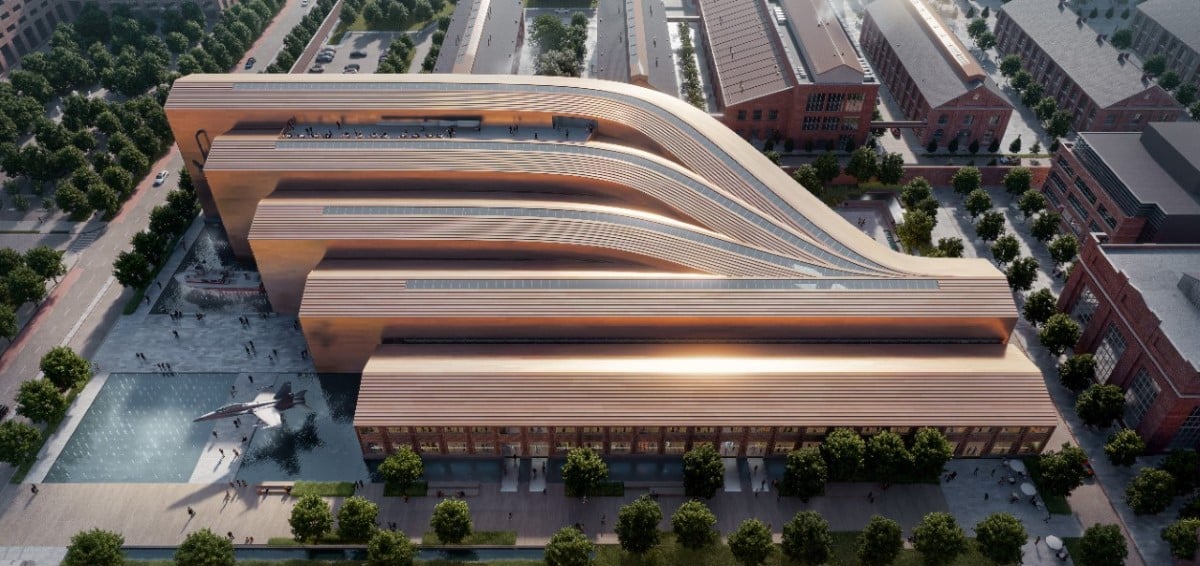
Bjarke Ingels Group
Five architectural firms have submitted a concept for a potential National Museum of the U.S. Navy and the results are striking. Frank Gehry Partners and Bjarke Ingels Group (BIG) are just two of the heavy hitters who were selected by the Navy to submit a concept after 80 firms initially showed interest in the project. The museum is being steered by the Naval Heritage and History Command, which is responsible for preserving, analyzing, and disseminating U.S. naval history and heritage.
In October, the Navy announced that it would be purchased land next to the Washington Navy Yard for the museum, which will allow the public greater access to information about the Navy’s history. DLR Group, Perkins & Will, and Quinn Evans are the other three firms who submitted ideas for the museum, which will have a campus of approximately 270,000 square feet and include about 100,000 square feet of net gallery space.
“The concepts unveiled today are a crucial step in exploring what is possible for the new National Museum of the U.S. Navy,” said NHHC Director Samuel J. Cox, U.S. Navy rear admiral (retired). “We’ll tell the story of the Navy’s history as it continues to unfold, and the ideas developed by our finalists herald a new way of honoring that history by inviting visitors to participate.”
Each firm was asked to submit a concept that includes a museum entrance, an atrium, a ceremonial courtyard, and the incorporation of some of the Navy’s larger artifacts, like a Corsair aircraft, a Swift Boat, and the sail of a submarine. It’s incredible to see how the different firms interpreted the brief. Perkins & Wills and Quinn Evans both have exteriors with large glass windows that allow a striking visual of Naval artifacts to anyone that passes by.
BIG’s copper-colored structure pays homage to the scale, detail, and material of Naval vessels. The open, airy interior terminates in different tunnels with large floor-to-ceiling windows that also show off Naval memorabilia. The floor plan by Frank Gehry Partners also incorporates glass, with the main structure appearing as a completely see-through shell.
The reveal of the concepts is a big step in the right direction for those leading the project and the Navy remains optimistic about the success of this shortlist.
“These concepts mark an important step in the museum building process,” according to Charles Swift, Acting Director of the Museum of the United States Navy, who oversaw the competition.
“These ideas and concepts show what might be possible for a new museum,” he continued. “We have a number of steps we need to complete before determining a final design, and that first step is having a conversation with America: our Navy, our veterans and our nation, about what we’ve presented today.”
The U.S. Navy revealed concepts for its new national museum by five leading architectural firms.

Perkins & Will
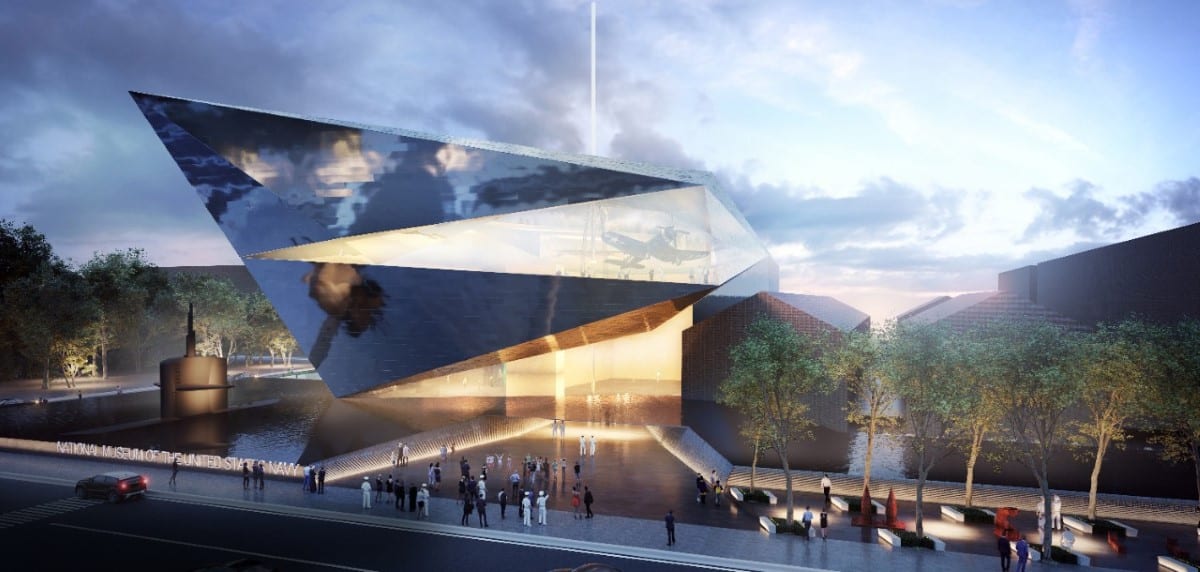
DLR Group
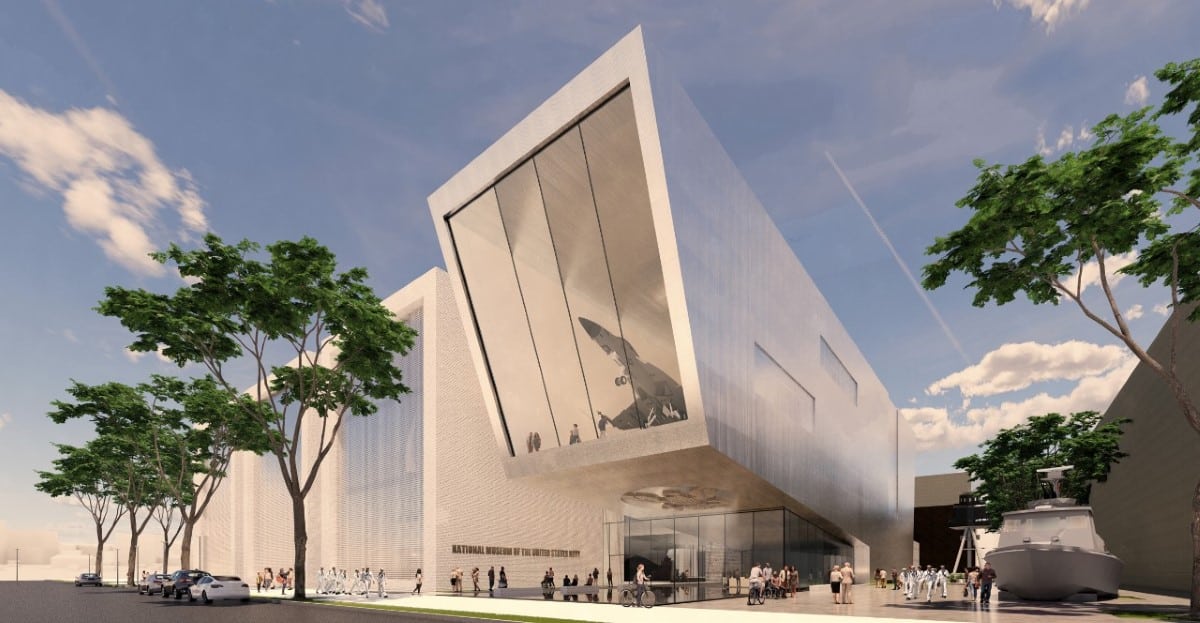
Quinn Evans
The firms were tasked with creating a design that would be able to show off some larger Naval artifacts like submarines, boats, and aircrafts.

Perkins & Will
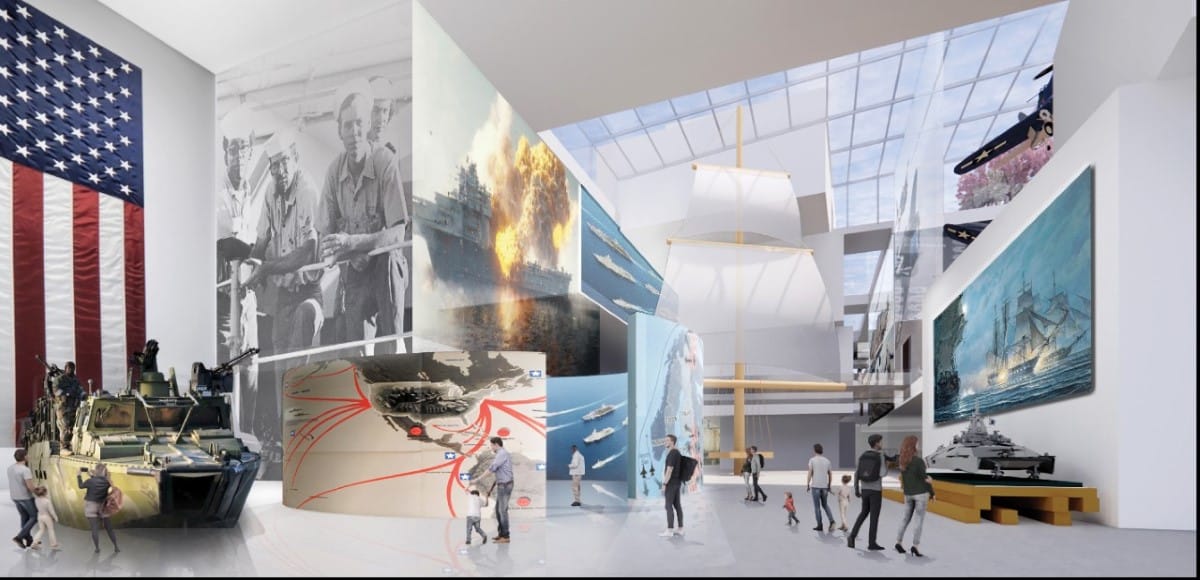
Frank Gehry Partners
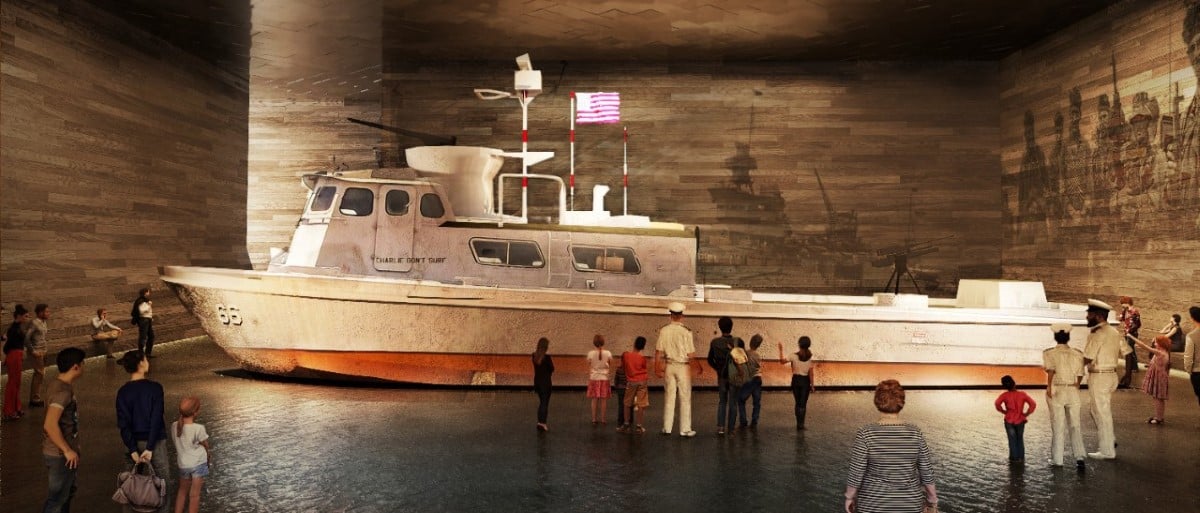
DLR Group
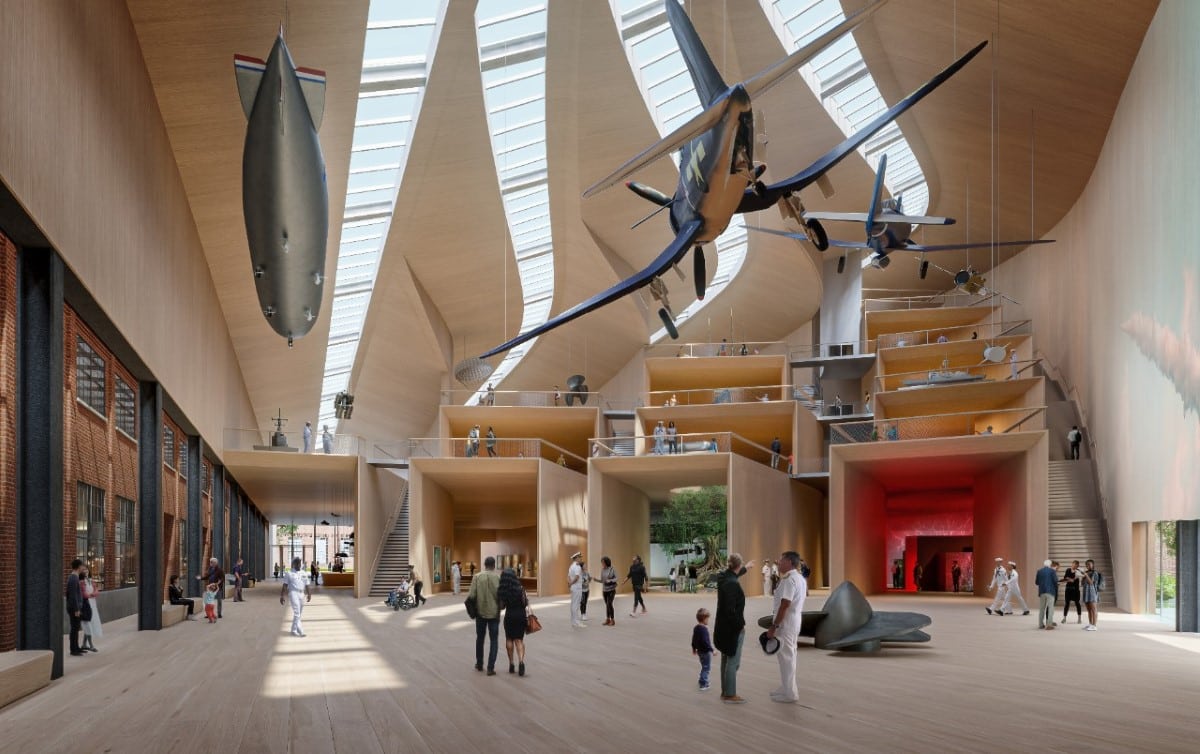
Bjarke Ingels Group
Bjarke Ingles Group and Frank Gehry Partners are among the prestigious firms to make the shortlist.

Bjarke Ingels Group
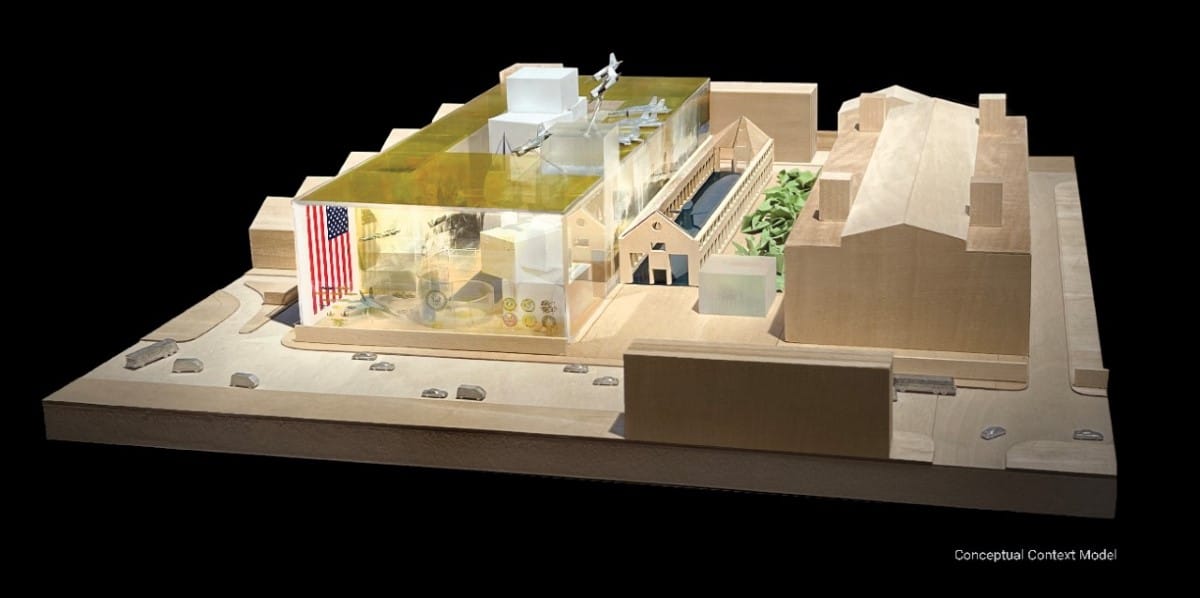
Frank Gehry Partners
“The concepts unveiled today are a crucial step in exploring what is possible for the new National Museum of the U.S. Navy,” shared a naval official.

Perkins & Will

Quinn Evans
